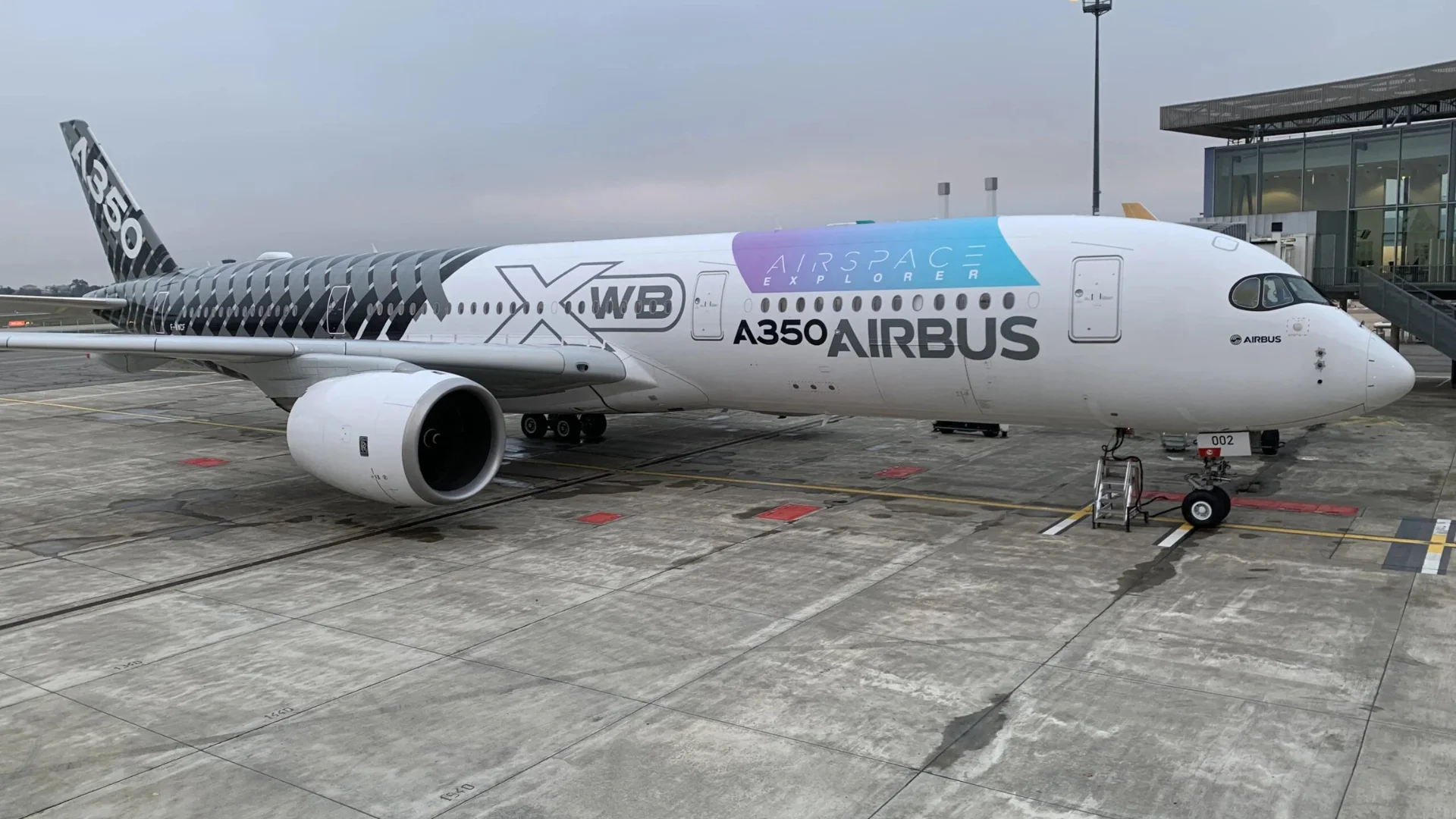As of March 20, 2025, there were 632 A350-900s operating with airlines across six continents. Major operators include Singapore Airlines (65 aircraft), Qatar Airways (58), Cathay Pacific (48), Air France (37), Delta Air Lines (37), Air China (30), Lufthansa (30), Turkish Airlines (25), Japan Airlines (24), and Ethiopian Airlines (23).
Several airlines have transitioned from four-engine jets to the twin-engine A350-900 to benefit from its lower fuel consumption—about 25 percent less than previous-generation widebodies—and reduced operating costs. For example, Emirates added seven A350-900s to its fleet in late 2024 for new summer routes including Dubai–Tunis and Oslo. SWISS plans to introduce five A350-900s starting in January 2026 on Zurich–Boston flights as part of its long-haul renewal program.
Delta Air Lines operates its fleet on transatlantic and transpacific routes as replacements for older models like the Boeing 777-200ER, aiming for improved fuel efficiency and quieter cabins.
A number of technical and operational factors affect the actual miles per gallon achieved by the A350-900:
- Maximum takeoff weight and load factor: Heavier payloads increase fuel burn, especially during takeoff.
- Cruise speed and altitude: The optimal cruise is Mach 0.85 at altitudes between FL350 and FL410.
- Engine performance: The Rolls-Royce Trent XWB-84 engines have high bypass ratios and low specific fuel consumption.
- Wind conditions: Tailwinds can significantly improve MPG by reducing flight time.
- Cabin configuration: Higher seat densities further enhance per-passenger efficiency.
On full transoceanic flights, these efficiencies can lead to significant reductions in CO₂ emissions compared to older widebody aircraft like the Boeing 747-400.
When compared with other widebody jets:
| Aircraft | Total MPG | Seats | Passenger MPG | L/100 km/pax |
|---|
| Boeing 747-400 | 0.15 | 364 | 55 | 3.2 |
| Airbus A380-800 | 0.12 | 544 | 65 | 2.7 |
| Boeing 787-9 | 0.19 | 290 | 55 | 3.2 |
| Airbus A350-900 | 0.40 | 325 | 120 | 2.6 |
| Boeing 777-300ER | 0.22 | 365 | 81 | 2.9 |
This data shows that while larger quadjets offer greater capacity, their per-passenger fuel efficiency lags behind modern twinjets like the A350-900.
Regarding emissions, according to the US Energy Information Administration, burning one gallon of Jet-A produces about 21.1 pounds of CO₂. At cruise rates near ~1,350 gallons/hour, an A350-900 emits approximately ~28,500 lbs (~12,900 kg) of CO₂ each hour flown—translating to roughly:
- 52.7 lbs CO₂ per mile flown
- 0.16 lbs CO₂ per passenger-mile in a standard layout
- (~72 g/km/passenger)
The aircraft is certified for up to a fifty percent blend of sustainable aviation fuel today; future certification targets aim for full SAF compatibility by decade’s end.
Other environmental considerations include water vapor emissions that can form contrails contributing to atmospheric warming; nitrogen oxides leading to ozone formation; particulate matter mainly emitted during taxi or climb; and noise pollution—which is mitigated thanks to stage four noise certification standards met by this model.
Passengers also benefit from features such as quieter cabins due to advanced insulation techniques; larger windows providing more natural light; lower cabin altitude pressurization helping reduce jet lag symptoms; dynamic mood lighting systems; and improved air circulation onboard.
According to Airbus’s net-zero roadmap strategy outlined here, efforts are ongoing toward further decarbonizing aviation using new technologies such as increased SAF usage.
The first delivery of an Airbus A350 was made on February 20, 2018 out of Toulouse production facilities in France—a milestone marking its entry into fleets worldwide.
 Alerts Sign-up
Alerts Sign-up




































